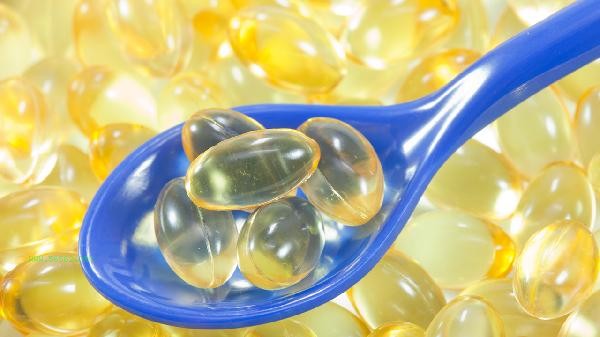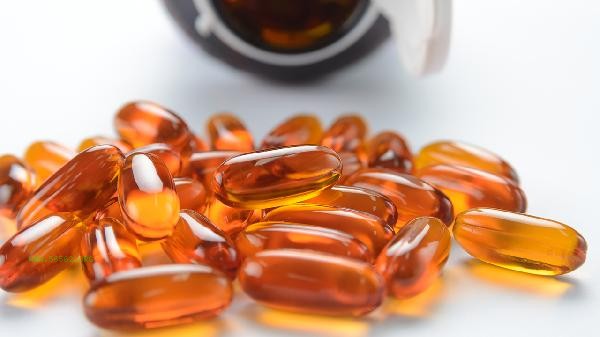Adding vitamin C to intravenous infusion is mainly used to supplement nutrition, enhance immunity, and assist in treatment. The application of vitamin C in intravenous infusion mainly includes correcting deficiencies, promoting wound healing, antioxidant protection, assisting infection treatment, and improving iron absorption.

1. Correction of Deficiency
When patients have severe vitamin C deficiency, symptoms such as gum bleeding and delayed wound healing may occur. Intravenous infusion can quickly increase blood concentration, which is more direct and effective than oral supplementation. This situation is common in patients with long-term malnutrition or absorption disorders.
2. Promoting wound healing
Vitamin C is an essential substance for collagen synthesis, and postoperative patients can accelerate tissue repair by supplementing with intravenous fluids. Patients with burns, injuries, and other conditions often require higher doses of vitamin C to support the regeneration process.
3. Antioxidant Protection
As a powerful antioxidant, vitamin C can neutralize free radicals and reduce oxidative stress damage. In cases of severe infection, poisoning, etc., intravenous infusion can help protect cells from oxidative damage.

4. Adjuvant infection treatment
Vitamin C can enhance the activity of white blood cells. In the treatment of infectious diseases such as pneumonia and sepsis, combined use of antibiotics may improve the efficacy. However, it should be noted that it cannot replace the anti infective drugs themselves.
5. Improving iron absorption
For patients with iron deficiency anemia, vitamin C can promote the conversion of trivalent iron into more easily absorbable divalent iron. Simultaneous supplementation of vitamin C during intravenous iron therapy can improve iron utilization efficiency.

Intravenous supplementation of vitamin C should be done under the guidance of a doctor, as excessive intake may increase the burden on the kidneys. The general population can meet their needs through a balanced diet, and foods such as citrus fruits, broccoli, and green peppers are rich in vitamin C. During treatment, blood drug concentrations should be regularly monitored to avoid long-term high-dose use. At the same time, pay attention to the interaction with other drugs, and adjust the regimen when certain chemotherapy drugs are used in combination with vitamin C. Any abnormal reactions should be promptly reported to medical staff.



Comments (0)
Leave a Comment
No comments yet
Be the first to share your thoughts!